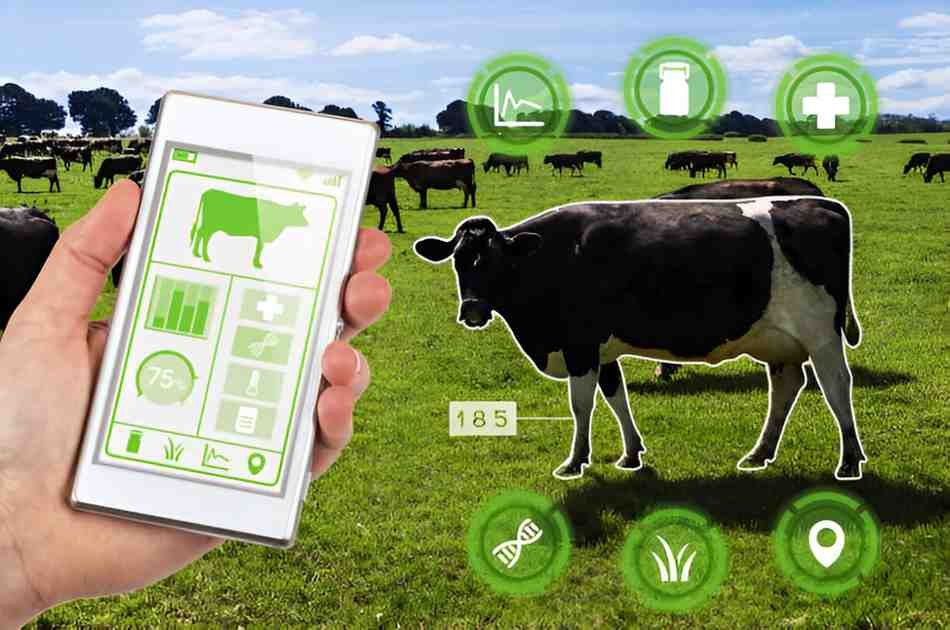Wildlife conservation is a collective responsibility, and technology has become a crucial tool in protecting endangered species and their habitats. Various mobile applications provide innovative solutions to monitor, track, and report wildlife activities efficiently. As someone deeply involved in conservation efforts, I have explored numerous apps that support research, fieldwork, and public engagement. In this article, I will discuss the must-have apps for wildlife conservation efforts and how they can be utilized effectively.
Table of Contents
Why Mobile Apps Matter in Wildlife Conservation
Mobile apps bridge the gap between conservationists and technology by offering tools for data collection, habitat monitoring, and real-time reporting. They empower individuals, researchers, and organizations to contribute to conservation efforts with minimal technical expertise. These apps help reduce human-wildlife conflict, track illegal activities, and promote citizen science initiatives.
Key Features to Look for in a Wildlife Conservation App
When selecting an app for wildlife conservation, certain features make a significant difference in effectiveness. I consider the following factors crucial:
- Ease of Use: An intuitive interface ensures quick adoption by users.
- Offline Functionality: Essential for fieldwork in remote locations.
- Data Collection & Sharing: Ability to collect accurate data and share it with conservation teams.
- GPS & Mapping Integration: Precise location tracking for habitat and movement monitoring.
- Customizability: Options to tailor the app to specific conservation needs.
- Community Engagement: Facilitates citizen participation in conservation projects.
Top Wildlife Conservation Apps
Based on experience and research, I have compiled a list of must-have apps for wildlife conservation. Each app serves a unique purpose and contributes to conservation in different ways.
1. iNaturalist
iNaturalist is a powerful citizen science platform that allows users to record observations of plants and animals. It connects a community of nature enthusiasts and scientists who help identify species and contribute to biodiversity databases.
Key Features:
- Automatic species identification using AI
- Offline recording and uploading later
- Data contribution to global biodiversity databases
- Community-driven identification system
2. Epicollect5
Epicollect5 provides customizable forms for data collection in the field. It is widely used for wildlife surveys and research projects, offering cloud-based storage and easy access to collected data.
Key Features:
- Offline data entry with GPS tagging
- Customizable survey forms
- Data visualization and export options
- Supports multimedia input
3. SMART (Spatial Monitoring and Reporting Tool)
SMART is designed for conservation professionals, providing tools to monitor wildlife populations, track illegal activities, and manage patrol efforts.
Key Features:
- GPS-enabled data collection
- Poaching and illegal activity tracking
- Analytics and reporting tools
- Multi-platform compatibility
Comparison of Wildlife Conservation Apps
| App Name | Key Feature | Best For | Offline Support | Data Sharing | Community Involvement |
|---|---|---|---|---|---|
| iNaturalist | AI-based species ID | Citizen science, researchers | Yes | Yes | High |
| Epicollect5 | Customizable data forms | Field surveys, research teams | Yes | Yes | Low |
| SMART | Patrol monitoring | Law enforcement, NGOs | Yes | Yes | Moderate |
How These Apps Assist Conservation Efforts
Each of these apps offers unique solutions that enhance conservation efforts in multiple ways. iNaturalist encourages public participation, making it easier to gather vast amounts of data without deploying large teams. Epicollect5 simplifies data collection processes, allowing researchers to customize surveys to fit their specific needs. SMART helps authorities take informed actions by providing data on poaching and illegal activities.
Challenges Faced While Using These Apps
Despite their advantages, using these apps comes with challenges. Connectivity issues in remote areas can hinder real-time data syncing. Some apps may have a steep learning curve, especially for users unfamiliar with technology. Additionally, data privacy concerns must be addressed to ensure sensitive information is protected.
Future of Wildlife Conservation Apps
The future of wildlife conservation apps looks promising, with advancements in artificial intelligence, real-time tracking, and blockchain technology. Improved satellite connectivity will further enhance data transmission from remote areas. Conservation organizations are increasingly collaborating with tech companies to develop tailored solutions that meet the specific needs of fieldworkers.
Conclusion
Mobile apps have revolutionized wildlife conservation efforts by providing tools that simplify data collection, enhance monitoring capabilities, and engage the public. By leveraging apps like iNaturalist, Epicollect5, and SMART, conservationists can make more informed decisions and foster community involvement. As technology continues to evolve, it is essential to stay updated with the latest developments and adopt tools that maximize impact in protecting wildlife and their habitats.





